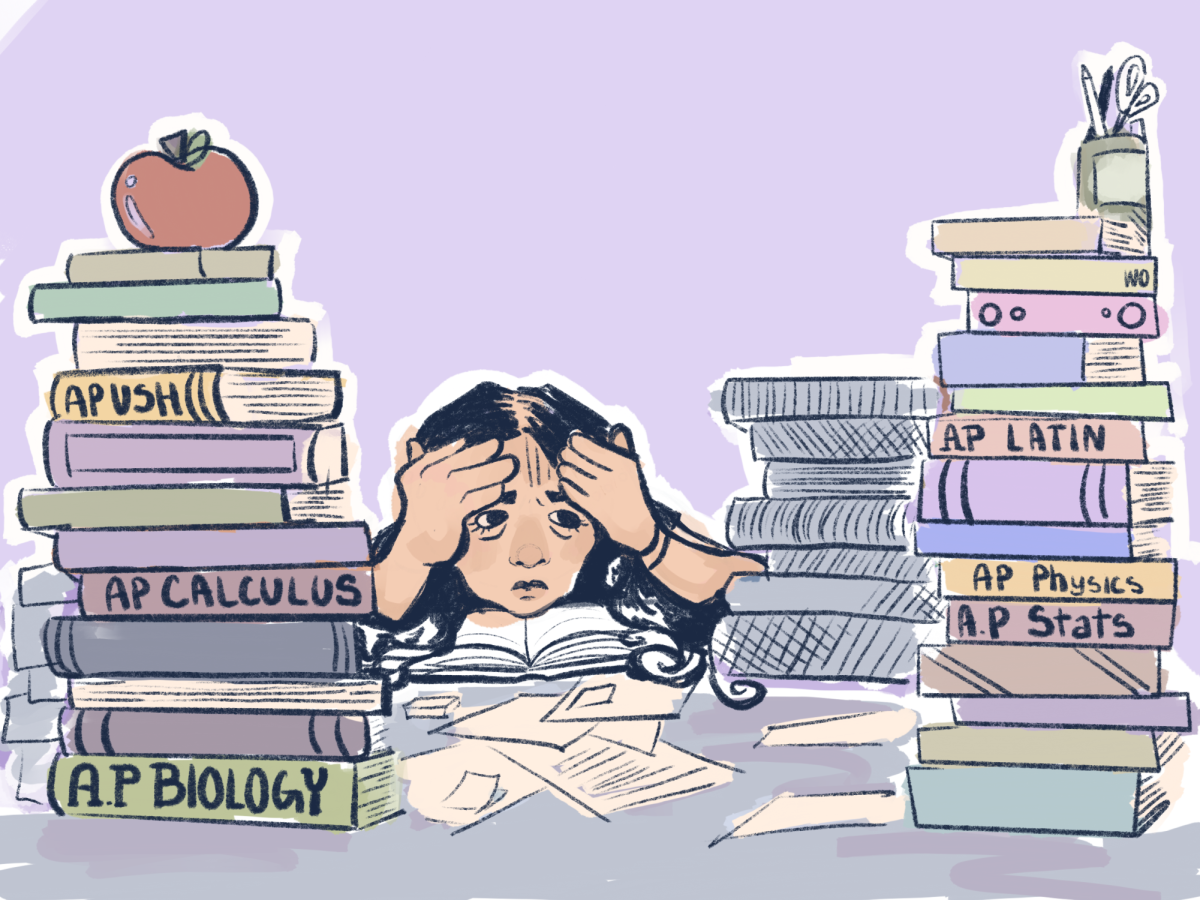With the 2020 election decided apart from two runoff elections in Georgia and a last ditch (but inevitably futile) effort by the Trump Administration to contest the results of the presidential election, the results are both expected and surprising. It’s no secret that Biden was favored to win the Presidency and Democrats tipped to take control of the Senate, but with a presidential race much tighter than expected and a failure for the Democrats to regain the Senate, the same question is on everyone’s mind: How did this get so close? The answer to this question lies in critical introspection on the role of policy to working class voters: an answer that Democrats will need to examine for decades to come.
Democrats have a chronic inability to win white working-class voters that are critical in swing states. This idea is often met with groans from the farthest left in the Democratic Party alongside the more impulsive of Gen-Z. It is this impulsivity that circumvents critical thinking about the roles of these voters in elections and Democratic Party. All across social media these voters are labelled as racists, idiots, uneducated, rednecks, and a host of expletives that aren’t fit for publishing. Not only are these statements incorrect, but they also demonstrate exactly why this election turned out the way it did.
The sentiment of these voters is best put by former Democratic Presidential candidate Andrew Yang in an election night interview with CNN: “So you have to ask yourself: What has the Democratic Party been standing for in their minds? And in their minds, the Democratic Party unfortunately has taken on this role of the coastal urban elites who are more concerned about policing various cultural issues than improving their way of life that has been declining for years… this to me is a fundamental problem for the Democratic Party because if they don’t figure this out then this polarization and division will get worse, not better.”
For millions of voters in the midwest, this election did not come down to climate policy or COVID response, but on who they think is actively working to improve their way of life. To many, the increasingly further left policies and focus of the Democratic party is constantly slipping further into the will of political elites and away from the needs of ordinary people, even if that might not necessarily be the case.
All over the country, liberal policies are being passed that bypass the needs of working class Americans. Policies like the Green New Deal or California Governor Gavin Newsom’s ban on gas-powered vehicles by 2035 make perfect sense to coastal elites seeking to address increasingly pressing and worthy issues, but for working class Americans, they appear as more examples of unrealistic policies that hurt, not help their quality of living. Thus a cycle of contempt towards the Democratic Party is furthered.
In the 2020 election, the selection of Joe Biden was a conscious decision by the DNC to counteract this sentiment – and it barely worked. Biden represented a calming, centrist character who would appeal to this same group of voters, but he only barely escaped the shadow of his party. The election was so tight because Biden and other Democrats were both working with and against their own party to win these voters.
In future elections, the Democratic Party has a critical decision to make. It can either give in to the increasingly leftist policies of politicians like AOC and Sanders, but in doing so risk losing elections for moral victories, or it can incorporate progressive policy into its agenda while benefiting the working class. Only then, can the Democratic Party become the party of unity it so desperately seeks to be.




